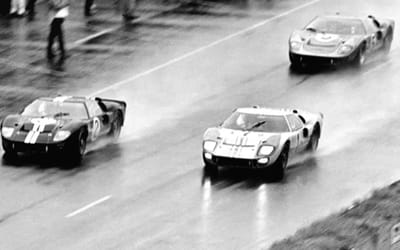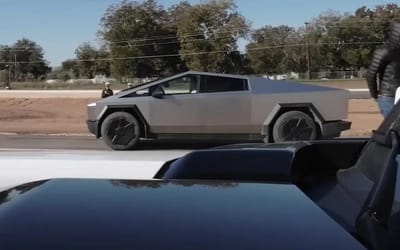Shockwaves from SpaceX’s giant Starship rocket incredibly caught on camera
- Shockwaves rippling from giant SpaceX Starship rocket captured on camera
- It’s the craft’s third test launch
- The slow-motion footage makes it clear just how powerful the engines of Starship are
Published on Mar 26, 2024 at 6:50 PM (UTC+4)
by Amelia Jean Hershman-Jones
Last updated on Mar 27, 2024 at 12:53 PM (UTC+4)
Edited by
Tom Wood
The shockwaves rippling from the giant SpaceX Starship rocket’s third test flight launch have been captured on camera.
The slow-motion footage makes it clear just how powerful the engines of Starship are.
Starship is the world’s largest and most powerful rocket, and it definitely shows in this video.
READ MORE! Video revealing the sheer size of Starship leaves viewers astonished
The rocket successfully departed from the SpaceX South Texas launch site in Boca Chica, Texas in the US on March 14.
In the video showing the rocket leaving the earth, shockwaves and clouds of smoke can be seen billowing from the two-stage spacecraft.
The reusable Starship cruise spacecraft sits atop its Super Heavy rocket booster as it leaves the ground.
The Super Heavy rocket booster is powered by 33 first-stage Raptor engines, which ignite in a fiery blaze.
Traveling upwards faster than the speed of sound, the 122-meter (400-foot) rocket sent shockwaves through the air.
This wasn’t the only angle that the mission was filmed from, as Elon Musk shared the ‘hottest video ever captured’ of Earth showing the Starship plasma field.
Designated Integrated Flight Test-3 (IFT-3), is the third test mission for the giant Starship.
Despite the spacecraft hitting several mission goals, such as reaching orbital speed for the first time, sadly neither the Starship vehicle nor its Super Heavy booster made it to splashdown.
The booster successfully separated from the rocket’s 50 m (165 ft) upper-stage about 2 minutes 45 seconds after liftoff.
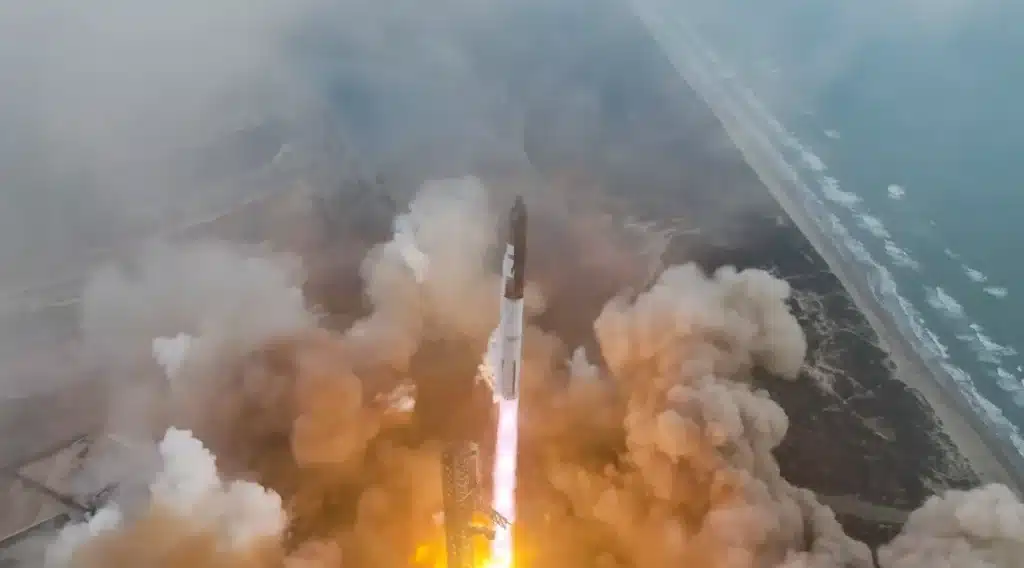
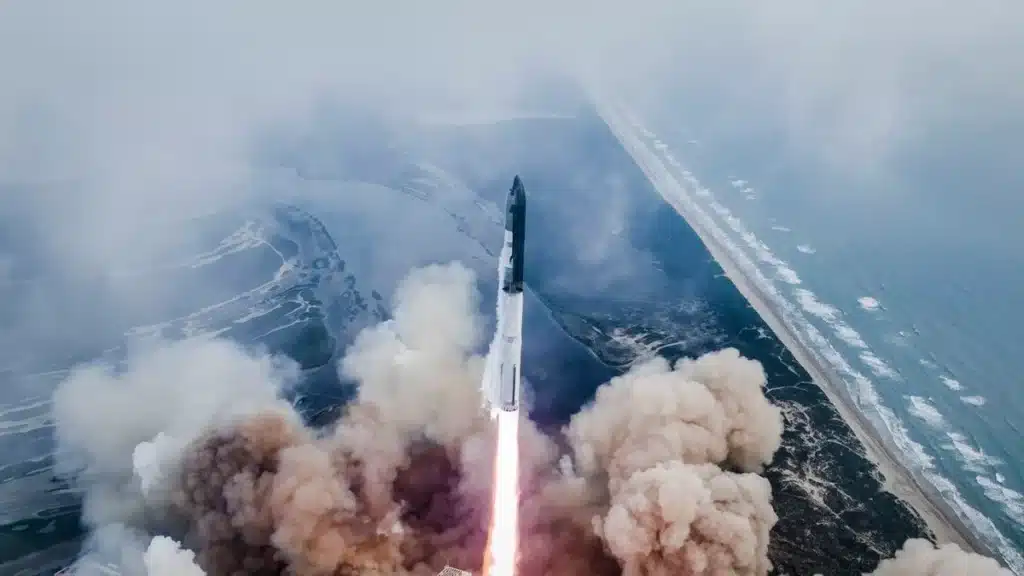
However, Super Heavy’s engines did not relight as planned over the Gulf of Mexico for its landing burn.
This ultimately led to the loss of the booster.
Starship’s upper stage entered a suborbital coast phase above Earth post-separation.
This allowed the first test of the spacecraft’s ability to open and close its payload door in orbit.
It also enabled the transfer of super-cooled rocket propellant between tanks during spaceflight.
It was during re-entry that SpaceX communications with Starship ceased.
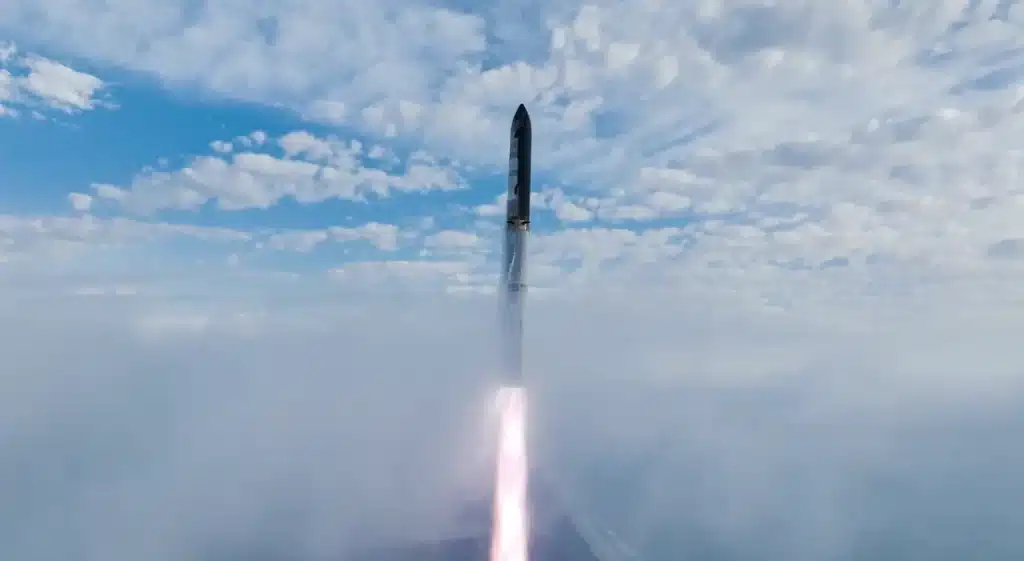
In spite of both vessels being lost, the test flight exceeded the first two attempts.
Both experienced explosions just minutes after launch.
Not ideal, really.
This isn’t the only SpaceX test flight caught on camera: a SpaceX droneship captured an exquisite view of a previous Falcon 9 launch and landing.
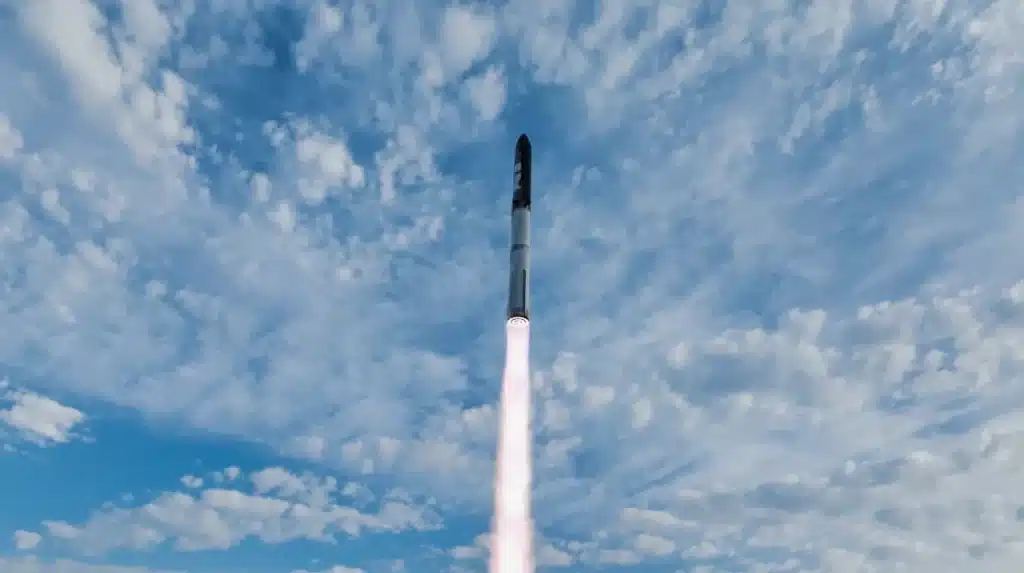
Elon Musk has high hopes for the craft, as he recently predicted that Starship would fly beyond our solar system.
The SpaceX supremo is currently putting that plan into action as – according to SpaceX – Starship will see six more test flights in 2024.
The next is scheduled for May, however, regulatory approval is still pending following an investigation into IFT-3.
DISCOVER SBX CARS: The global premium car auction platform powered by Supercar Blondie

London-based Amelia cut her journalistic teeth covering all things lifestyle, wellness, and luxury in the UK capital. Fast-forward a decade and the senior content writer and editor has put pen to paper for glossy magazines, busy newsrooms, and coveted brands. When her OOO is on from writing about cars and heading up on-site SEO you can find her spending quality time with her young family, in the gym, or exploring the city she loves.


